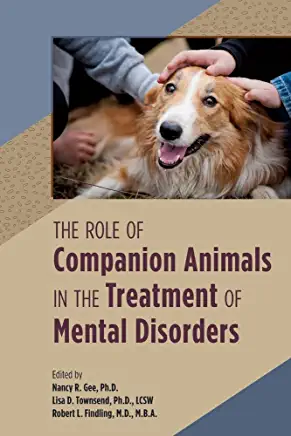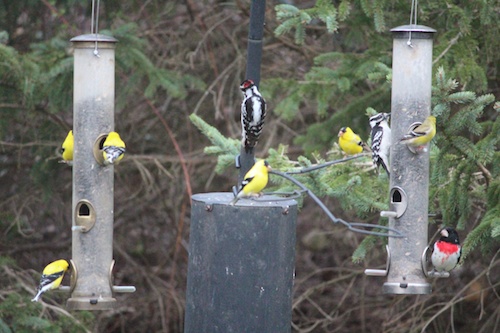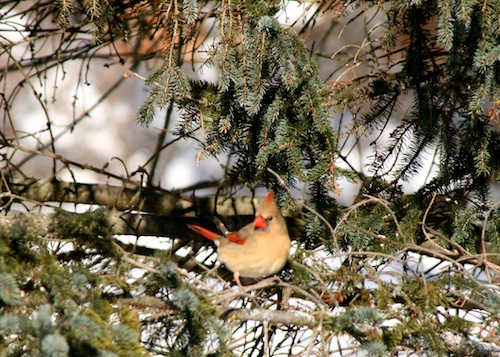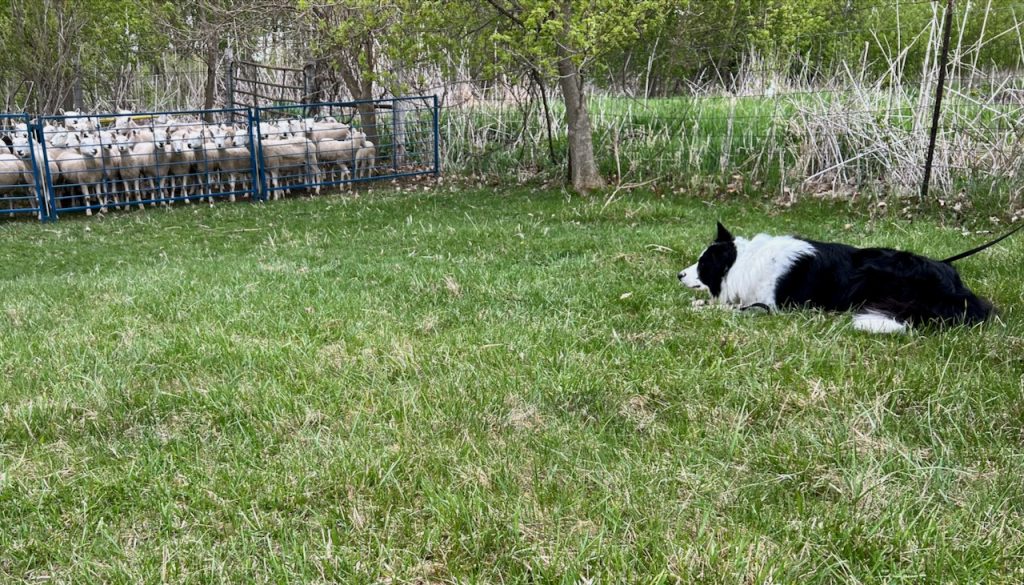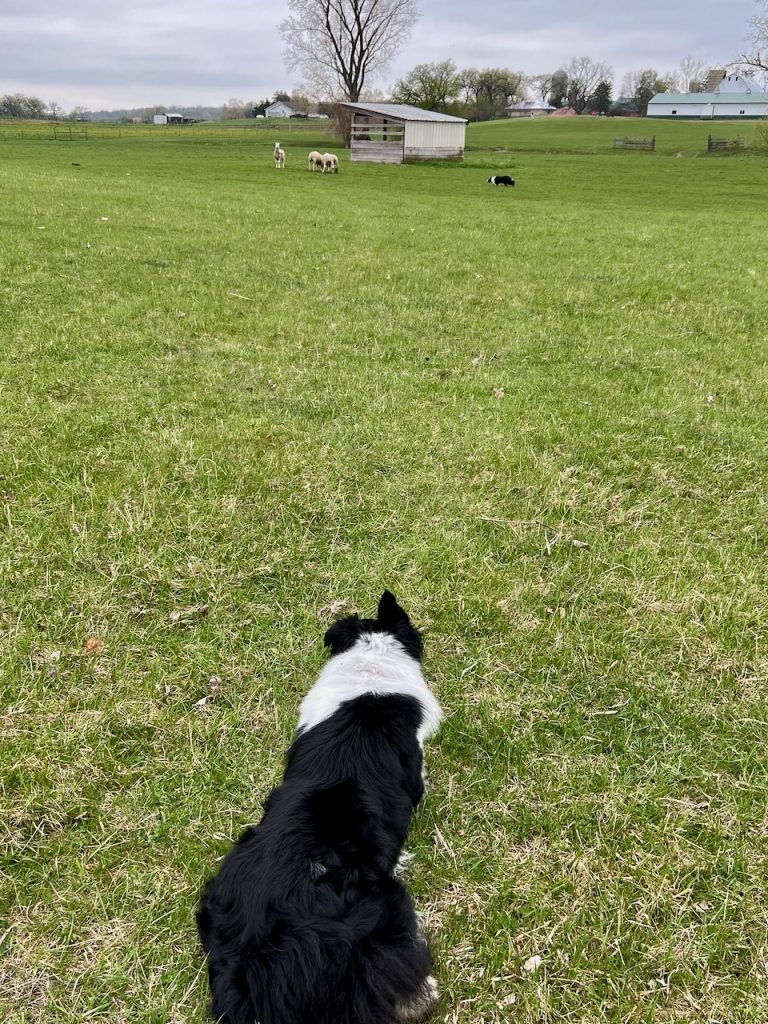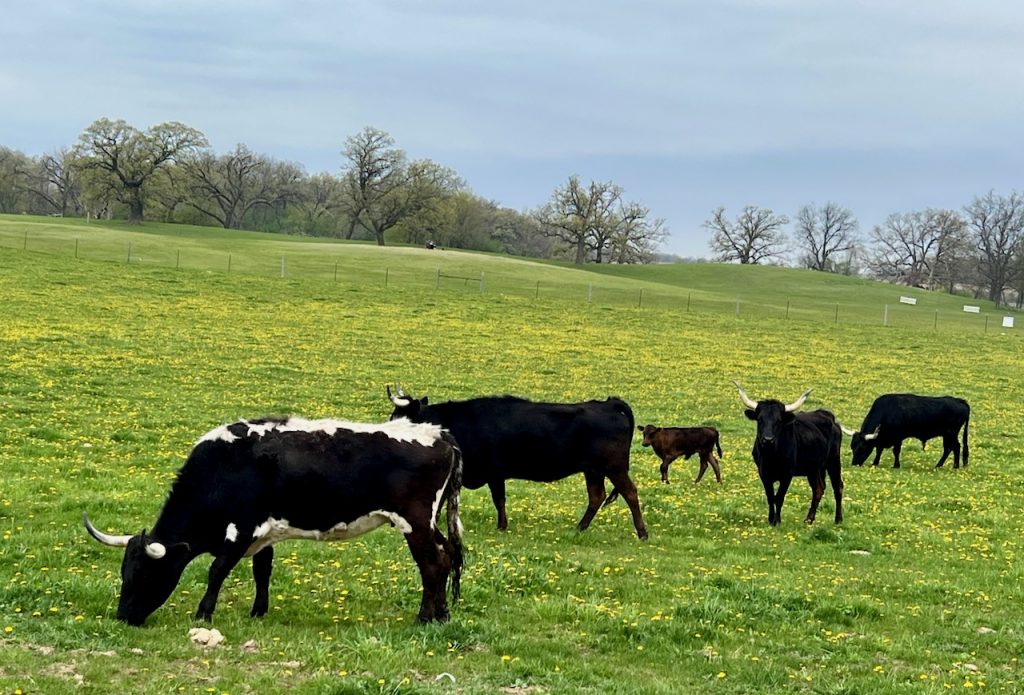Lately I had the respect of writing the ahead for an essential and well timed ebook: The Function of Companion Animals within the Therapy of Psychological Issues. Printed by the American Psychiatric Affiliation, this ebook is a testomony to the laborious work of psychological well being researchers and practitioners who’re doing their greatest to seek out when, and the way, companion animals can present important assist to these battling psychological challenges, together with developmental issues like ASD, and trauma-related ones like PTSD.
I hope I summed up my emotions in regards to the significance of this work described within the ebook, with its wonderful vary of information and views, collected by editors Gee, Townsend, and Findling. I’ve included the Foreward under, emphasizing how essential it’s to know what works, know what doesn’t, and learn how to ask the assistance of companion animals with out compromising their welfare. Right here it’s:
Timmy was by no means within the effectively.
And but, the phrase “Lassie! Timmy’s within the effectively,” impressed by a 60-year previous tv present, lives on. It’s turn into a meme, handed on by means of generations, signifying the power of non-human animals to rescue us from hazard, or maybe extra precisely, our want that they accomplish that.
Many people have felt rescued by a canine. We don’t must be trapped in a effectively to surprise if we’d have made it by means of one thing–the pandemic, sexual abuse, profound grief—with no canine on our sofa. Nonetheless, having fun with the companionship of a strokable, sentient, emotionally-receptive mammal doesn’t inform us if canine, or different animals, will be constructively concerned within the therapeutic therapy of psychological issues.
There are various causes that this may very well be true, maybe greatest recommended, at its deepest stage, by the phrases of John Muir: “I solely went for a stroll, and eventually, concluded to remain out until sunset, for going out, I discovered, was actually getting in.” The actual fact is, as particular as we people may be—with our busy brains and our elaborate communication—we don’t “simply occur to inhabit” the world, as David Abram reminds us in Turning into Animal. Different animals (and the land round them), are “as a lot inside us as they’re round us.”
Maybe that is one other method of claiming that all of us have to really feel linked. People are highly-social animals, however the must be with others shouldn’t be essentially confined to members of the identical species. Biologist E.O. Wilson popularized the idea of biophilia, “the urge to affiliate with different types of life,” whereas Richard Louv, within the Final Youngster within the Woods, coined the phrase “Nature-Deficit Dysfunction,” to emphasise that to be actually wholesome, folks have to really feel near the pure world round them, together with animals, vegetation, and the land. This isn’t information to the peoples of many cultures, together with members of many Native American tribes, however has, till not too long ago, been counter to the angle of traditional Western philosophy.
At a extra proximal stage, we all know that non-human animals are sometimes seen as givers of unconditional love and affection. Partially, little question it is because they will’t use human language. I’ve joked in lots of a speech that it’s a great factor that canine can’t discuss, as a result of we wouldn’t all the time like what they need to say. Each animal behaviorist and canine coach can inform you a narrative wherein they’d guess the farm that an animal’s facial features would translate into one thing unprintable. Nonetheless, our notion of unconditional love is predicated on excess of an absence of language. As is described intimately within the Introduction and most of the chapters inside, many adults and kids have emotional attachments to companion animals on par with these of their siblings. Canine, for one, can “get us coming and going,” as I write in “For the Love of a Canine.” They’ll present a way of the unconditional love all of us want from our mother and father, whereas, due to their relative helplessness, elicit emotions in us of parental love and nurturance.
These attachments will not be one-directional. Social and highly-emotional animals like canine, horses, and sure, cats, clearly kind robust attachments to their people which are usually equally highly effective, pushed by a shared mammalian physiology that reveals, for instance, a rise in oxytocin throughout relaxed gazes between canine and their house owners. Though oxytocin is a much more difficult hormone than is typically portrayed within the well-liked press, its deficits look like a doubtlessly essential participant in lots of psychiatric challenges, together with autism and anxiousness issues.
However is that this sufficient to help the thought that animals can, or ought to, be concerned within the therapy of psychological sickness or developmental issues? Or to inform us what animals? For whom? In what method? By no means, which is why the science offered on this ebook is so essential. A long time in the past, after I was beginning out as an utilized animal behaviorist, the pinnacle pharmacist on the College of Wisconsin College of Veterinary Drugs informed me that if a drug had the facility to do good, it had the facility to do hurt. That can also be true of Animal Assisted Remedy and Animal Assisted Interventions.
I bear in mind a consumer I had years in the past, a middle-aged devoted mom with a twelve-year previous son on the autism spectrum, ASD stage 3. She had adopted a canine for him, based mostly on the advice of knowledgeable, within the perception that the canine would supply companionship, and, she was promised, a rise within the baby’s potential to speak. By the point I got here into the image, the canine and the kid had been scared of one another.
She wished me to repair it. I couldn’t start to, until you outline fixing as explaining that the scenario was untenable. The canine was a extremely reactive and delicate herding breed, who barked when he turned aroused at quick, erratic actions. The kid was overwhelmed by the canine’s actions and barking, and flapped his arms and screamed when it occurred, which set off the canine, which set off the kid. It was a heartbreaking cycle of dysfunction and struggling, and an illustration of why it’s critical that every case is fastidiously evaluated. After doing my greatest to clarify that the scenario was unfair to each her baby and the canine, I used to be summarily dismissed. I by no means knew the way it sorted out.
Because of this the knowledge contained in, for instance, Chapter Six, “Companion Animals within the Therapy of Autism Spectrum Dysfunction,” is so invaluable. As in different chapters, the authors emphasize what elements result in profitable outcomes (or failures). They summarize the outcomes of 85 research, which counsel that AAI can result in elevated social interactions, together with improved communication skills, in some circumstances, in some environments. Nonetheless, as is commonly the case on this subject, the authors additionally observe considerations with methodology, small pattern sizes, and an absence of randomized managed trial designs.
The Middle for Illness Management estimates that one in twenty-five Individuals lives with a severe psychological situation, whereas the Nationwide Institute of Psychological Well being said that in 2020, one in 5 adults in america suffered from “any psychological sickness.” We’re in determined want of details about learn how to extra successfully forestall and deal with these debilitating sicknesses. Editors Gee, Townsend, and Findling have achieved prodigious work accumulating state-of-the-art data about when and the way companion animals will be concerned successfully within the therapy of psychological sickness, developmental issues, and the promotion of psychological well being.
The knowledge on this ebook is a essential antidote to 2 of the largest challenges going through the AAT and AAI fields: First, the feel-good assumption that canine, in any context and with any affected person, make all the things higher; and second, that you would be able to’t take HAI critically, as a result of, it’s “nearly pets” and what’s scientific about that? The reply to the latter is: So much, due to the work and experience of the authors of the ebook’s chapters. Their chapters are wealthy with case examples, sensible purposes, and insights about what we all know, in addition to what we nonetheless have to know, to make progress within the subject. This ebook will do a lot to advance the fields of AAT and AAI, to remind practitioners that the welfare of the animals concerned should be protected, and that companion animals, in the proper context, can play an important function in treating psychological well being sickness and developmental issues.
We’re all “trapped within the effectively” to some extent, together with psychological well being professionals who battle to steadiness heavy consumer masses with staying present about one of the best methods to assist them. Some individuals are down deeper than others, and in some circumstances, as we study within the pages that comply with, there are certainly Lassies on the market, simply ready to help within the rescue.
I’d love readers to hitch in right here, and add any of their experiences associated to using companion animals to alleviate struggling associated to psychological challenges, it doesn’t matter what sort.
MEANWHILE, again on the farm: I’m rejoicing within the chicken life across the farm. Robert and Roberta Robin have returned and are constructing a nest within the nest field Jim constructed. (How do I do know it’s the identical pair from final yr? Nicely, I don’t, however the male got here a month in the past and staked out the territory across the field straight away, wasted no time displaying it to the feminine when she arrived, and she or he settled proper in. It appears most certainly it’s them, so I’m going with that.) Final evening I watched Robert chase off an inquisitive Home Finch, a Starling, and a Dove. Good housing is tough to seek out.
The again yard is a riot of coloration–a necklace of vivid orange orioles, hyper gold goldfinches, carmine-colored cardinals, rose-breasted grosbeaks, blue jays, and the resident trendy artwork exhibit of chickadees, nuthatches, and woodpeckers. A raft of yellow-rumped warblers enhance the suet feeder, whereas even the sparrows are a delight–white-throated, white-crowned, and chipping sparrows are doing clear up responsibility beneath the seed feeders.
The images under are from final yr, I’m on “conserving vitality mode,”right this moment, so no new images, however this offers you an thought of how colourful it may be out right here. I’ve included the feminine cardinal as a result of she won’t be as colourful because the male, however I feel she is beautiful.
Final weekend we had a short go to to one among my favourite trials, Nippersink or Swim, exterior of Lake Geneva. I didn’t enter, nevertheless it was fantastic to see some good associates after the lengthy winter. Finest was getting an opportunity to let Skip set out sheep a number of instances. I really like that he started working, and I really like doing the practical sheepdog work that trials demand. Want I might’ve labored Maggie too, however she likes to journey and had fun, particularly with Skip as her wingman.
Right here’s Mr. Great ready to get began. Please don’t inform him that he didn’t want to carry the sheep within the pen, because the gates had been all closed.
One among Skip’s finer factors is that he’ll “honor” one other canine working. (Granted, generally I’ve to quietly remind him, with a whispered “keep there, keep there.”) Within the picture under he has moved the sheep away from the pens to an space with a small quantity of grain scattered on the bottom. As soon as the sheep are set, the handler on the different facet of the course sends their canine. Right here’s one competitor “lifting” the sheep off the corn and starting their run, whereas Skip watches patiently.
We didn’t do too many runs, nevertheless it was nice enjoyable. Largely it’s fairly straightforward work, when you get the sheep pointed in the proper route, they run to the corn. Nonetheless, we had one group who didn’t learn the memo and tried for the woods. Want I had a video; Skip was at his greatest at that second, quiet and purposeful and completely in cost. Good boy.
These pretty creatures had been in a close-by subject. (You’ll be able to see a part of the course within the background.) Not the animals I need my canine making an attempt to work, thanks.
That’s it for this week. Inform us what jewel-like birds or flowers are brightening your day, and when you’ve had expertise with both offering or receiving both Animal Assisted Remedy or Interventions.


